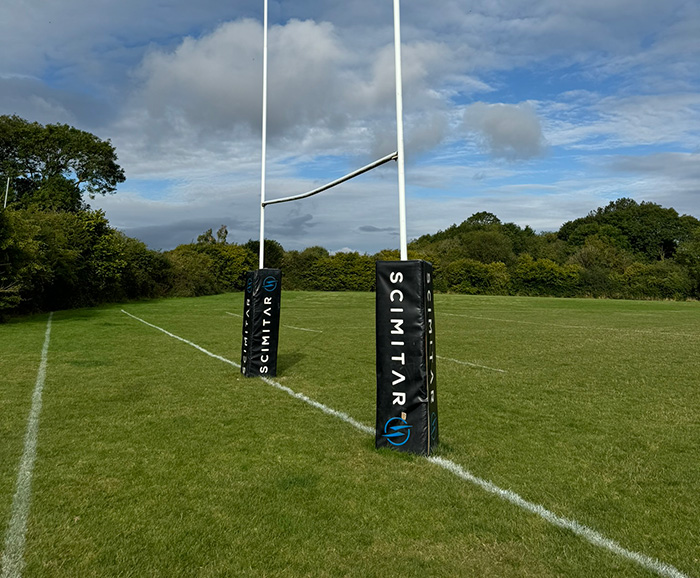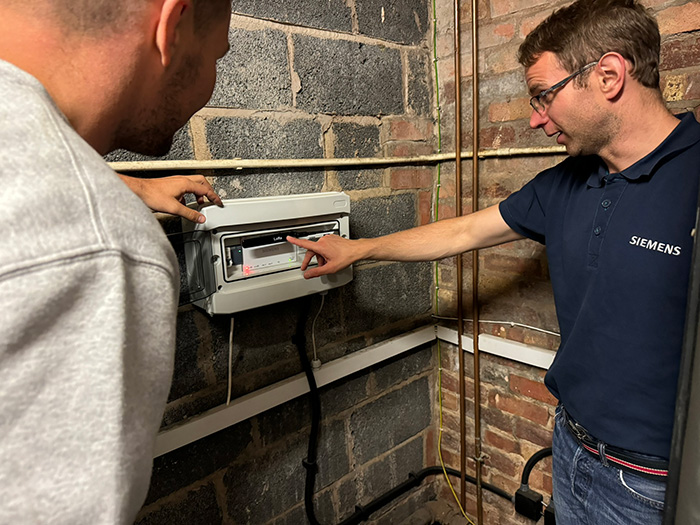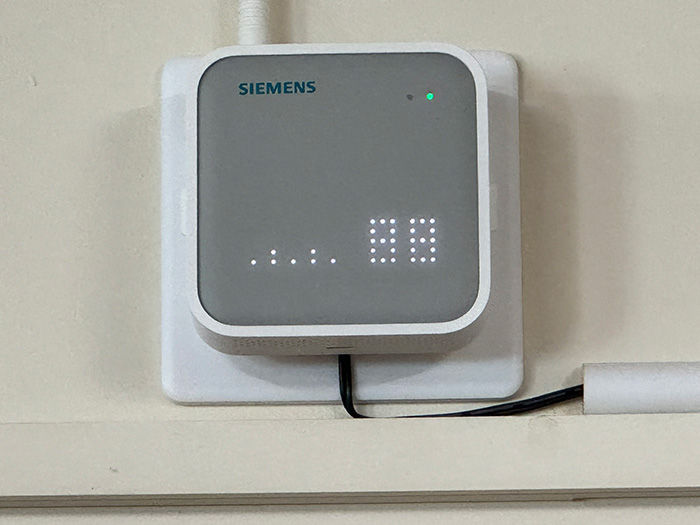Midlands’ Rugby Club Reaps Benefits Of Connect Box Energy Savings

The benefits of a smart approach to energy consumption, irrespective of the size of the building, is being demonstrated in a project by Siemens and heating engineers PRT for a Coventry‑based rugby club.
Barkers’ Butts RFC was formed in 1947 and currently plays in the Counties One, Midlands West (South) Division. The club has a proud heritage, numbering several internationals amongst its past players including Neil Back, Jim Hamilton, Danny Grewcock, Tom Wood and Luke Cheyne, the latter being the current Head of Player Development and Wellbeing at the RPA (Rugby Players Association).
The club relocated to its ground in Allesley, Coventry in 1975 and central to the club’s sporting and social activities is the clubhouse. The heating and hot water for the clubhouse are supplied from a boiler located in a small plant room which, until recently, had no demand/control functionality.

Chris Goodman is a Product Manager in the UK and Ireland for Siemens and recognised the clubhouse offered an excellent opportunity to demonstrate the energy savings achievable through the introduction of intelligent valves supervised by Connect Box, a smart IoT solution specifically designed to manage smaller buildings. He approached PRT Heating, a company based in Coventry that specialises in commercial, industrial and domestic heating that Chris had worked with previously on modifying burners and integrating heating controls at Coventry University.
Chris comments – “we were looking for an application that would demonstrate the potential that Connect Box offers to achieve significant energy savings by bringing together the different components of a heating system and realised that the clubhouse at Barkers’ Butts fitted the bill.”
In just two days engineers from PRT, supported by Chris, installed new pipework, intelligent valves and Connect Box which allows data to be collected using standard open protocols and also wirelessly using LoRaWAN, and sent to the cloud all from one box.

Via a multi‑sensor located on the clubhouse wall, data is collated on the environmental conditions of the room, including the temperature, with the heating for the clubhouse regulated via intelligent valves based on the data received. Also monitored is the primary flow return temperature which highlights any spikes. A series of alarm thresholds based on pressure reading setpoints ensures that a PRT engineer is immediately and automatically alerted via text in the event of an alarm to allow swift intervention. A sensor located on the outer wall of the clubhouse also automatically detects the outside temperature.
Nathan Tilsley is Managing Director of PRT Heating and played for Barkers’ Butts himself. He said – “through Connect Box we can monitor all the performance data in a few simple clicks. The main objective in this particular application was very much on the optimised energy consumption that a demand/control approach can provide. It also allows us to provide a better service package as we are offering monitoring of the system, with the data available to us remotely to avoid the cost of repeated site visits.”
Chris continues – “while energy saving was the focus here, the multi‑sensor also provides data on indoor air quality (IAQ) in the clubhouse, providing a score based on factors such as CO2 and sound levels, humidity, light and the detection of airborne particulates which can be damaging to occupants’ health. Connect Box is designed to offer an effective alternative to a full building management system (BMS) to ensure that smaller applications can benefit from the cost savings and improvements in comfort for building users that the management of building performance can bring. With just seven pieces of Siemens equipment, in a retro‑fit application, we are controlling all the club’s heating and hot water.”
For further information on Siemens Smart Infrastructure - Buildings, please see www.siemens.co.uk/buildingtechnologies.











































